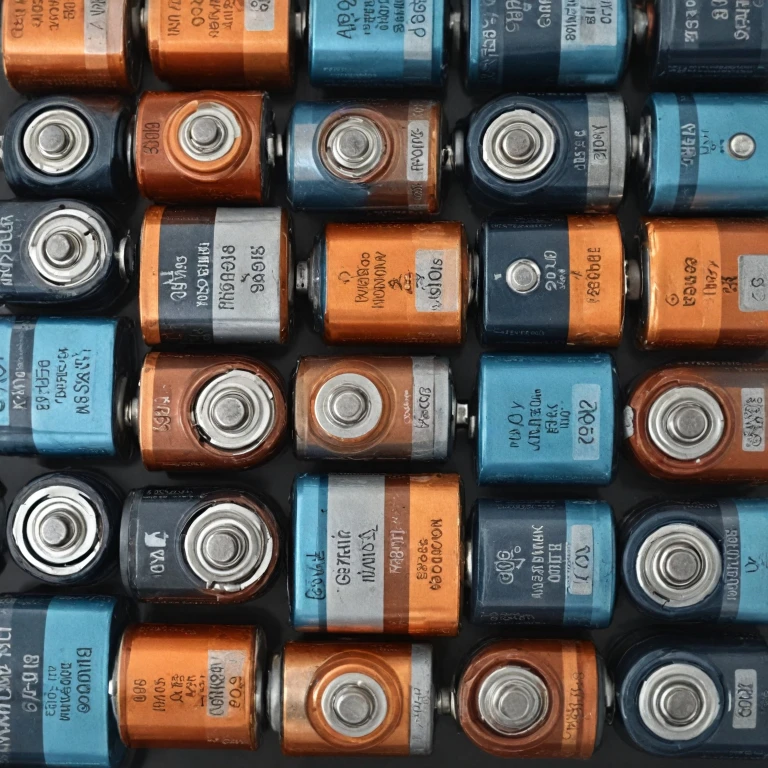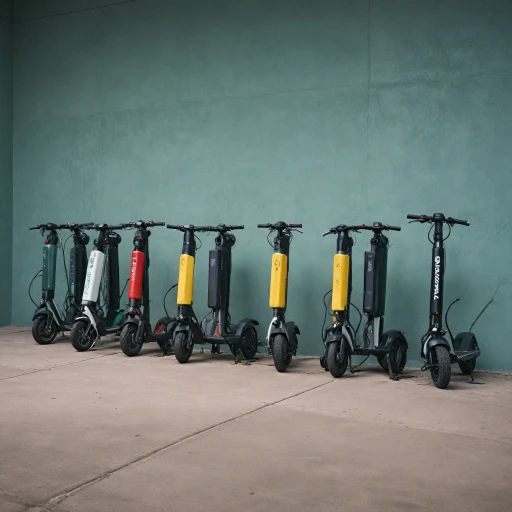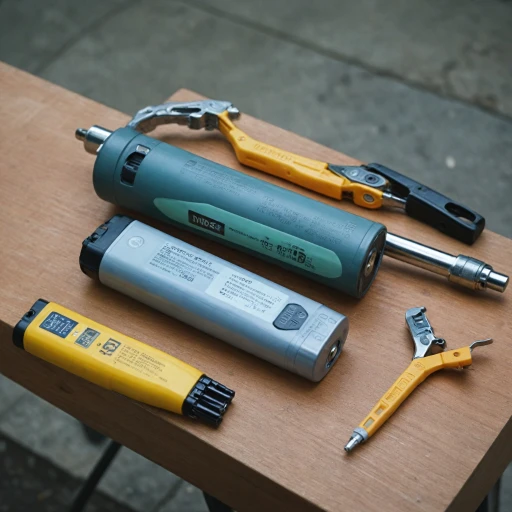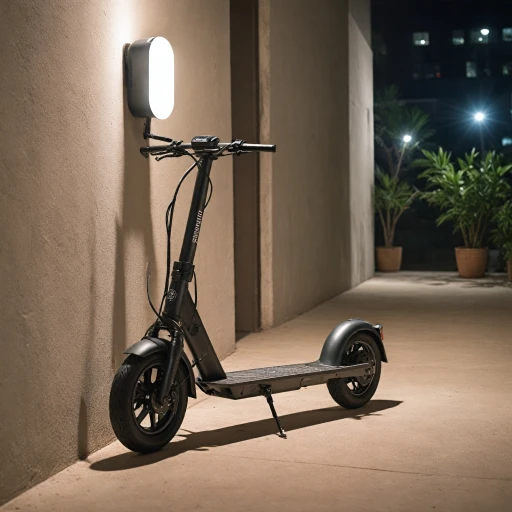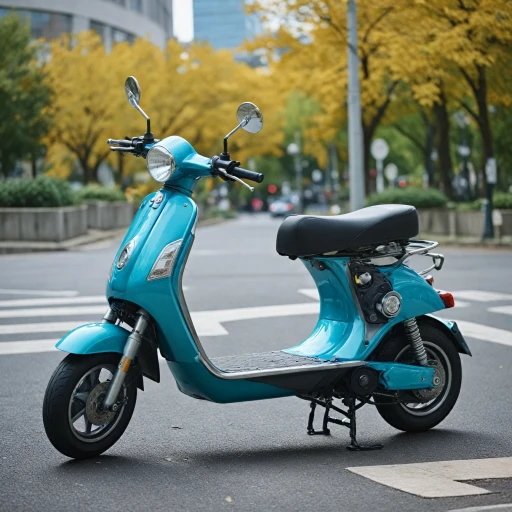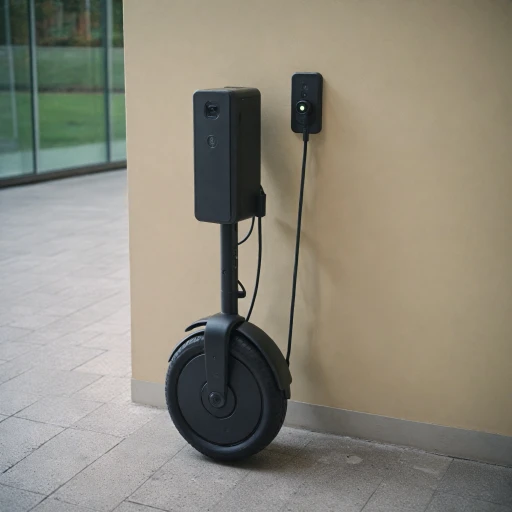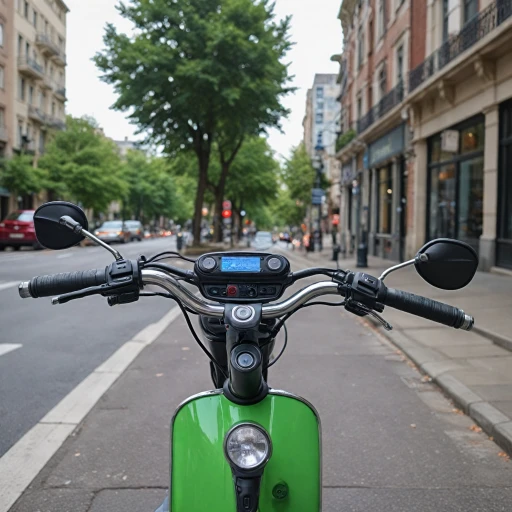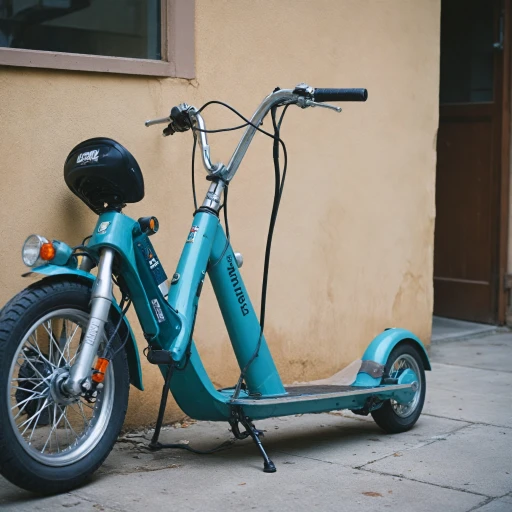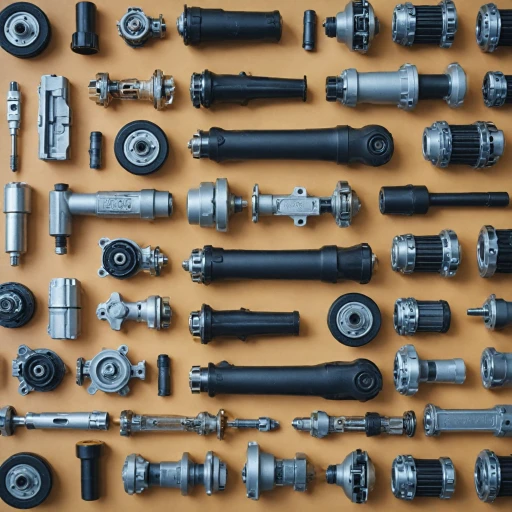
Types of Electric Motor Scooter Batteries
The Various Types of Battery Powering Electric Scooters
Electric motor scooters are gaining popularity, largely due to their eco-friendly appeal and ease of use. Understanding the types of batteries is crucial for anyone considering an electric scooter, as they directly impact performance, price, and longevity.Lead Acid Batteries: Also known as sealed lead acid (SLA) batteries, these are some of the most commonly found in electric scooters. They're known for their durability and affordable price, making them an ideal option for those looking to save money. While they are cheaper compared to other types, lead acid batteries are heavier and can impact the scooter's overall performance.
Lithium-Ion Batteries: These batteries have gained traction in recent years due to their light weight and higher energy density. They provide more power and longer range than lead acid batteries. Although the initial price might be higher, lithium-ion batteries often translate to savings in the long run due to their efficiency and longer lifespan.
Replacement and Compatibility Considerations: When seeking a replacement battery for your scooter, it's vital to consider compatibility with the original battery. Brands like Mighty Max and AJC Battery offer a range of options available with free shipping. Ensure the replacement maintains the same volt requirements and is compatible with your electric scooter model.
Each type of battery has its advantages and considerations, and choosing the right one depends on your specific needs and preferences. From considering the price and current market offerings to evaluating future technological advancements, understanding these options allows for a more informed decision. In the following sections, we'll delve further into factors affecting performance and how to make the most of your scooter battery for optimal use.
Battery Maintenance Tips for Longevity
Enhancing the Lifespan of Your Battery
Maintaining your electric scooter’s battery is crucial for ensuring optimal performance and prolonging its life. Here are some practical tips to help you achieve this.
- Regular Charging: Avoid letting your battery discharge completely. Aim to charge it once it reaches about 20-30% to maintain its capacity over time. Lithium-ion batteries, commonly used in electric scooters, benefit from partial charging cycles.
- Use the Correct Charger: Always use the original or a compatible charger for your scooter model. Mismatched chargers can deliver incorrect current and volt requirements, causing damage.
- Store Properly: If not using your scooter for an extended period, store the battery in a cool and dry place, ideally at around 50% charge. This helps in preserving the battery's health during periods of inactivity.
- Temperature Control: Extreme temperatures are detrimental to battery health. Avoid exposing your battery to high heat or cold for prolonged periods.
- Check for Damage: Regularly inspect the battery pack for any physical damage. If you notice swelling, leaks, or other issues, it may be time to explore options for replacement. Reputable vendors such as Mighty Max and AJC Battery offer quality replacement options.
For comprehensive details on replacing your scooter battery, including price considerations and compatible options, reviewing guidelines on battery replacement can inform your decisions.
Factors Affecting Battery Performance
Understanding Battery Performance in Electric Scooters
The performance of your electric scooter battery is crucial to ensure a smooth and reliable ride. Several elements can influence how well a scooter battery retains and utilizes power, impacting both the efficiency and the longevity of your ride.
Temperature Dynamics
Temperature changes can significantly affect your scooter's battery performance. Extreme cold can reduce the battery’s current output, causing your electric scooter to lag or run for shorter periods. Conversely, excessive heat can degrade the battery faster, especially for lead acid and lithium batteries. It is vital to store your electric scooter in a moderate environment to maintain optimal battery performance.
Battery Type and Age
The type of battery, whether it’s an sla battery, lead acid, or lithium ion, impacts its durability and efficacy. Lithium-ion batteries generally offer better efficiency with longer life cycles compared to lead acid batteries. Older batteries tend to lose capacity and efficiency over time, affecting your scooter's performance.
Usage Patterns
Frequent start-and-stop usage or carrying heavy loads can cause more significant battery drain, especially in older sealed lead and ajc battery packs. Regularly assess your usage habits, and adjust them to help in preserving the battery's lifespan and reduce the need for costly replacement battery packs.
Charge Cycles
Repeated charging and discharging cycles influence battery longevity. Maximizing a battery pack's life entails adhering to recommended charging practices, such as not letting it get too low before recharging. Proper charging habits can enhance your ride experience and optimize the battery's lifespan.
Each of these factors contributes to how effective your scooter battery remains in the long run. By understanding and managing them, you ensure a higher-performing, efficient, and economical scooter experience. Paying attention to these details will help save on the original price or current price of replacement batteries and even extend your mobility scooter's operational life.
Environmental Impact of Scooter Batteries
Environmental Considerations of Scooter Batteries
Electric scooters have become a popular choice for eco-conscious commuters, but the environmental impact of their batteries is a crucial aspect to consider. The most common types of batteries used in electric scooters are lead acid (SLA) and lithium-ion batteries. Each has its own environmental footprint.
Lead acid batteries, often used in older models or as a cost-effective option, contain toxic lead and acid. These materials can pose significant environmental hazards if not disposed of properly. Recycling programs are essential to mitigate these risks, but the infrastructure for recycling lead acid batteries is not as widespread as it should be.
On the other hand, lithium-ion batteries, which are increasingly popular due to their efficiency and longer lifespan, also present environmental challenges. The extraction of lithium and other metals used in these batteries can lead to habitat destruction and pollution. However, advancements in recycling technology are making it easier to recover valuable materials from used lithium-ion batteries, reducing their environmental impact.
When considering the purchase of a scooter battery, whether it's a replacement or an original, it's important to look at the full details of its environmental impact. Opting for batteries from manufacturers that offer recycling programs or use sustainable practices can help reduce the ecological footprint of your electric scooter.
Additionally, the current price of environmentally friendly batteries may be higher than traditional options, but the long-term benefits, including potential savings on replacement costs and the positive impact on the environment, can make them a worthwhile investment.
As innovations in battery technology continue to evolve, we can expect to see more eco-friendly options becoming available. These advancements not only aim to enhance the performance and longevity of scooter batteries but also to minimize their environmental impact, making electric scooters an even more sustainable choice for urban transportation.
Innovations in Battery Technology
The Future of Electric Motor Scooter Batteries
In recent years, the battery technology landscape for electric scooters has witnessed substantial advances. These innovations are set to redefine how power is delivered and managed in electric vehicles.- Lithium-Ion Dominance: Lithium-ion batteries are quickly becoming the gold standard for electric scooters, largely due to their superior energy density and lighter weight compared to traditional lead acid batteries. This makes them ideal for boosting the range and efficiency of scooters. Their current price may be higher than sealed lead options, but the long-term benefits and price-save potential due to reduced replacement frequency is compelling.
- Introduction of Solid-State Batteries: A promising innovation on the horizon is the development of solid-state batteries. These promise to deliver higher power and extended life spans, while minimizing the risk of leakage inherent with lead acid and sealed lead battery types. Although still in the experimental phase, these could dramatically change maintenance norms and the original price structure of electric scooters.
- Improved Charging Technologies: Faster charging capabilities are becoming an essential feature for modern scooter batteries. Advances in charger technology aim to reduce charging times significantly, enabling users to quickly get back on the road without long wait times. Moreover, innovations such as smart charging management systems ensure the battery is charged optimally, preserving battery health and extending its lifespan.
- Sustainable Innovations: Manufacturers are also increasingly looking to minimize the environmental footprint of battery production and disposal. Research into eco-friendly battery materials and recycling practices aims to lessen the environmental impact and align with global sustainability targets.
Choosing the Right Battery for Your Needs
Choosing the Best Battery for Your Electric Scooter
Navigating the world of electric scooter batteries can be overwhelming, given the various options and specifications. It’s crucial to select a battery that aligns with your scooter's requirements and your personal needs. Here are key considerations to guide you in making an informed choice.
- Battery Type: The most common types are Seal Lead Acid (SLA) and Lithium-Ion batteries. SLA batteries like those from Mighty Max are usually more affordable. However, Lithium-Ion batteries offer a lighter weight and longer lifespan, potentially saving you money in the long run despite their higher initial cost.
- Voltage Requirement: Ensure that the battery's voltage matches your scooter's requirements. For instance, a 24-volt battery is typical for smaller, less powerful scooters, while more powerful models may require 36-volt or 48-volt systems.
- Capacity and Range: The battery capacity, measured in amp-hours (Ah), determines how far you can travel on a single charge. Higher capacity batteries will provide more power but can also increase weight and cost.
- Compatibility and Fit: Not all batteries are universal. Confirm that the battery you choose is compatible with your model. Brands like Razor electric scooters have specific battery packs, so checking compatibility ensures optimal performance.
- Replacement and Original Price: Consider the price difference between the original battery and replacement options. Sometimes, original batteries offer better integration, while aftermarket options like ajc battery could offer cost savings.
- Environmental Considerations: Opt for batteries with lower environmental impact, which might include choosing batteries that have eco-friendly certifications or are designed with recycling programs in mind.
Making an informed decision involves weighing these factors against your priorities for power, performance, and price. Selecting the right battery can enhance the longevity and efficiency of your electric scooter.
